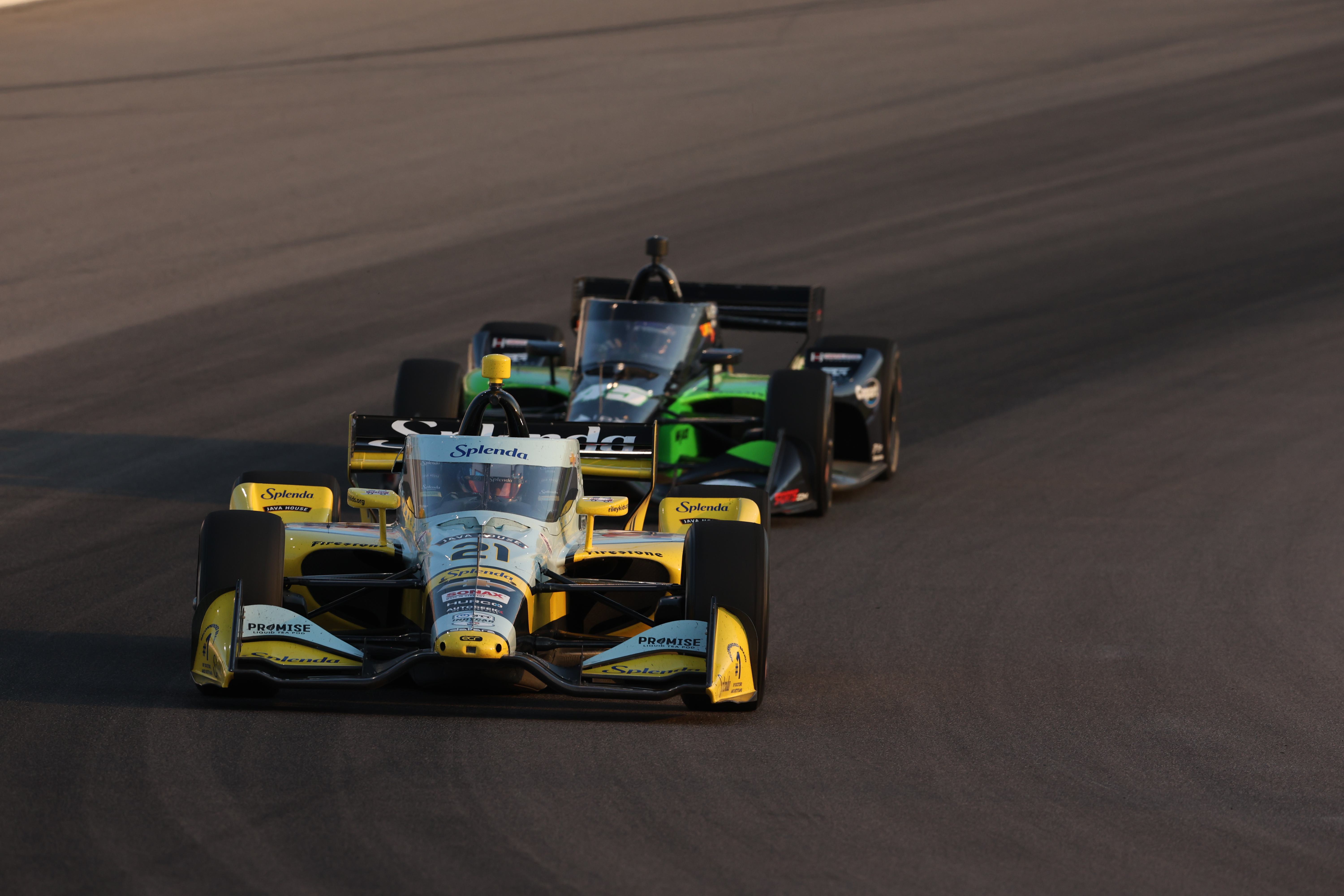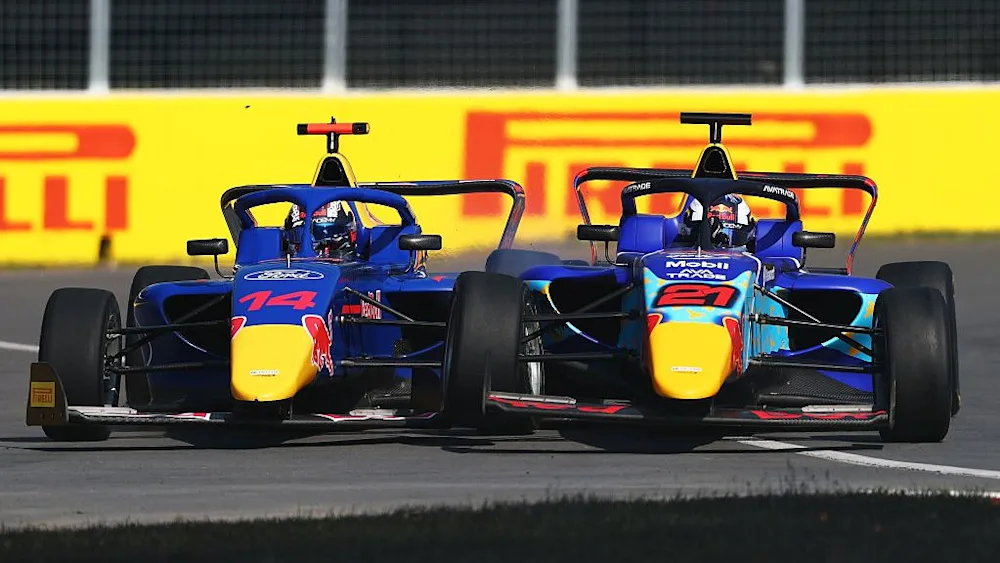The Science of Formula One: Power Units
- Benjamin Crundwell

- Oct 4, 2023
- 4 min read
Written by Benjamin Crundwell, Edited by Meghana Sree
Formula One cars produce up to and over 1000hp (horsepower) while staying incredibly efficient, and despite huge amounts of drag, the car will still sit happily at 200mph (321.9kph) down the straights. This is thanks to a massive amount of research and development by the racing teams, which is being used to drive innovation and help contribute to a greener society.
Behind the driver sits a 1.6L V6 turbocharged hybrid engine. To break that down in simpler terms: the engine is in a V configuration, with six cylinders, three on each side. The total sum of the volume of each cylinder is the engine capacity, which for a Formula One engine is 1.6L (litres).
The engine has a turbocharger, which is a device aimed to improve the air pressure going into each cylinder. It works by using exhaust gas that is leaving the engine to rotate a turbine, which pushes more clean air into the engine. The turbine in an F1 turbocharger spins at up to 125,000rpm (revolutions per minute). Since 2014, Formula One cars have used hybrid engines, which means alongside the traditional internal combustion engine, the car is powered by an MGU-H and an MGU-K, which together form the ERS (Energy Recovery System).

The MGU-H works to stop the biggest issue the turbocharger causes. The turbo is spun by gases leaving the engine. These gases will only be leaving the engine when the throttle is being pressed, so the turbine will not spin off throttle, and there will be a delay between the point where the driver presses the throttle, when the gas leaves the engine and enters the turbine, and when the turbine sends compressed air into the engine, causing a lag of one to two seconds before the driver starts feeling the power.
The MGU-H doesn’t actually increase the engine's boost, but it works as an anti-lag system, by using energy formed from the car battery to keep the turbine spinning while the driver is not on throttle. The MGU-H can also be switched to ‘generator mode’, when the turbo is spinning too fast and is at risk of getting damaged or failing. To stop this, there is a wastegate valve which releases some of the exhaust gas to reduce the speed of the turbo. This released exhaust gas is then fed into the MGU-H to generate energy. The teams will use massive turbos in order to have a lot more wastegate exhaust gases and to generate more energy, which can power the MGU-K or anything else.
The MGU-K on the other hand can provide boost to the engine, creating up to an extra 161hp. It is attached to the engine's crankshaft, and when energy is being deployed, the battery allows the MGU-K to provide the extra power so that the car can go faster. However, when the driver comes off the throttle, the MGU-K is switched automatically to generator mode. In this setting, it is rotated by the crankshaft.
The generator mode serves two purposes: firstly the resistance to motion on the crankshaft by the MGU-K helps to slow down the car, and secondly as the turbine in the MGU-K is being rotated, it generates energy which can be sent back to the battery. This is what we hear about so much in qualifying – after a hot lap, the driver must spend a “cooldown lap” to regenerate the MGU-K before trying to set a faster time.

An F1 car's power unit experiences extreme temperatures throughout the race, so an advanced cooling system is required. A normal road car would just use water to cool the car by sending it through pipes that surround the power unit.
However, for Formula One cars, a mixture of glycol and water is used because this mixture has a higher boiling point. As the mixture cools down the engine, it also heats itself up. This heated solution is taken away from the engine, and to the radiators. The radiators are exposed to cool air, which will take the liquid back to the right temperature so it can return to the engine. The radiators are located in the sidepod of the car where they are exposed to big air inlets so that the liquid can be cooled effectively. The air that enters from the sidepods must also leave the car, so they leave instantly through outlets at the back of the car before they damage any of the key components.

In 2026, F1 will see regulation changes take place for the engines, aiming to improve sustainability while maintaining power. The cars are expected to only need 70kg of fuel, which is less than half the volume of fuel used before the hybrid era started.
This fuel will not burn any new fossil fuels, as carbon will be taken from non-food sources, municipal waste, or the atmosphere, hence resulting in a fully sustainable fuel. The MGU-H will be dropped but the MGU-K will be designed to produce three times more power than it currently could. It will also be stored in a “safety cell” along with all other electronic equipment to ensure the safety of the driver.
While F1 is yet to reach Net Zero, the 2026 regulations will be taking a big step towards it. The fact that the engine departments are able to create such powerful engines while following strict environmental regulations is only proof that Formula One engineers are some of the most skilled in their field.









Comments